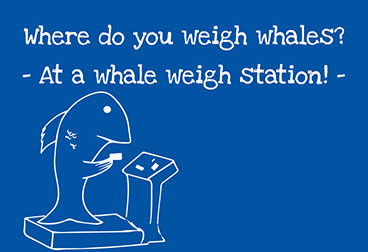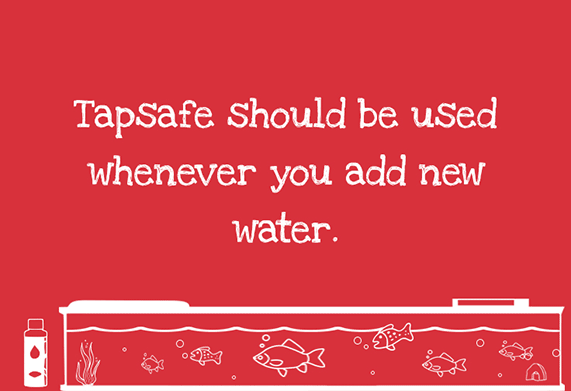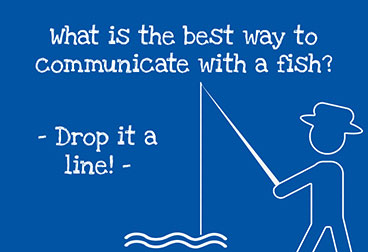Testing & water treatment FAQs
Answers to the questions most commonly asked about testing water and using our water treatments.
New Aquarium Start Up Kit & testing water
• Sometimes, when lots of ammonia is present, it prevents the beneficial bacteria from multiplying.
• When the beneficial bacteria remove ammonia and nitrite, this causes the aquarium water pH to drop. Make sure that the pH has not dropped to 6.4 or below as this will cause nitrification to slow or stop completely.
• Bacteria require minerals to grow and reproduce. If the water in your aquarium has a KH and GH of 0°dH then this may be preventing the bacteria from multiplying.
All of these problems can be helped by performing a 25% water change to restart the cycle. Make sure the pH is 6.8-8.0, KH is 3-15°dH and GH is 3-14°dH in the water you are adding, otherwise it will not help to solve the problem.
Because of the nature of how the test strips work, when an elevated amount of nitrite is present it will falsely show that there is a significant amount of nitrate present also. Ignore the nitrate results until nitrite has returned to 0mg/l.
If you have further questions, please take your results to a good aquatic retailer who can give you further advice on why the cycle is stalling or contact customer care at [email protected].
The majority of aquarium problems can be avoided by maintaining healthy water quality. Poor water quality issues such as high ammonia or high/low pH are invisible to the eye, so testing for them is essential.
Testing your water regularly will allow you to become familiar with your aquarium’s standard chemistry, as well as monitor levels to treat any problems that might arise before they become a real issue to your livestock.
Water treatments and treating water
The short answer is that other animals or humans should not drink water from a treated aquarium.
The chemical components vary from treatment to treatment but as a rule we would not advise allowing pets to drink from any tank, not only for their health, but also for the health of the tank as pets can introduce contaminates to the water.
All Interpet treatments are listed with the National Poisons Bureau who can be contacted by your hospital, doctor or vet.
You can use our dosage calculator to find out how much treatment you should use for your aquarium size.
Treatment redosing varies from product to product.
You can use our dosage calculator to find out if your product requires a secondary dose or visit the product page for further details.
We advise that you cannot use neat tap water in an aquarium, as tap water contains chemicals like chlorine and heavy metals which are harmful to your fish.
We advise that you need to treat your tap water with Bioactive TapSafe to make it safe for use in your aquarium, whether you are starting out, topping up or doing a water change, you should always use TapSafe.
The common causes of hair algae are excessive light – especially natural light – and excess nutrients in the aquarium water.
Treat the tank using Anti Hair Algae and ensure the aquarium lighting is on for no longer than 10 hours (this can be achieved using an auto timer.
You can only use ONE medication at any one time.
But any of the water quality treatments can be used at the same time and/or with one medication.
This could be due to an algae bloom. You need to check the nitrate levels in the water by using an Test Kit.
You could also reduce the length of time that the aquarium lights are switched on for and only feed the fish once a day.
The cloudiness will dissipate over a few days.
Carbon does not need to be removed when using any of the water quality treatments.
1ml of BioActive TapSafe treats 9l of water.
Clean Aquarium Pods
1 pod treats 50 litres of aquarium water. The dose should be rounded to the nearest whole pod. For example, a 50 – 74L aquarium would be rounded down to 1 pod. A 75 – 100 L aquarium would be rounded up to 2 pods.
Both situations are common and are nothing to worry about. The red colour is simply the iron present in the plant food which will soon clear. The cloudiness often occurs 24 hours after dosing and is caused by the beneficial bacteria population rapidly increasing. This will also soon clear.
Each pod will dechlorinate / remove heavy metals from 10L of water which is the same as 20% of the volume of water treated. If 2 pods are used (100L worth), they will dechlorinate 20L of water. Perfect for when you are completing your monthly 20% water change and maintenance.
Within reason, overdosing the pods will not harm your fish or invertebrates, like shrimp and snails. It is not advised though, as it may cause the water to cloud or take on a light red colour. It will also add too much plant food into the water which could encourage algae.
Yes, Clean Aquarium Pods are safe to use with shrimp and other invertebrates.
If the pods have been left exposed to the air for too long, they can begin to absorb water. Iron is included in the product as part of the plant food and it turns red when it gets slightly damp. Don’t worry, it won’t have any negative impact on the products effectiveness. Just make sure to keep the container tightly closed when not in use.
Plant Care
Yes, both products are completely safe to use with all species of tropical and cold-water fish, shrimp, invertebrates, and plants.
No, these products are designed for freshwater tropical or cold-water aquariums.
No, neither product has an expiry date.
Although it is not necessary to use both products together, we strongly recommend you do for optimal results and the best plant growth and health. These products work in different ways to support plant development as they would experience in nature.
1 x pump treats 20 litres. If you have an uneven volume to accurately dose using the pump i.e., 45 litres, always round down to the lower number of pumps i.e., 2 pumps. If your aquarium is 95 litres, round down to 4 pumps.
Yes, if you are using a gas system, it is encouraged to use plant food to give the plants the nutrients they need to grow. Otherwise, algae may utilise the extra CO2 available and ruin the look of your tank. You can also use Plant CO2 at the same time as gas CO2.
No. Plant CO2 is a helping hand to the plants and is better than adding nothing. A gas system adds more CO2, but it is also more complicated and expensive.


